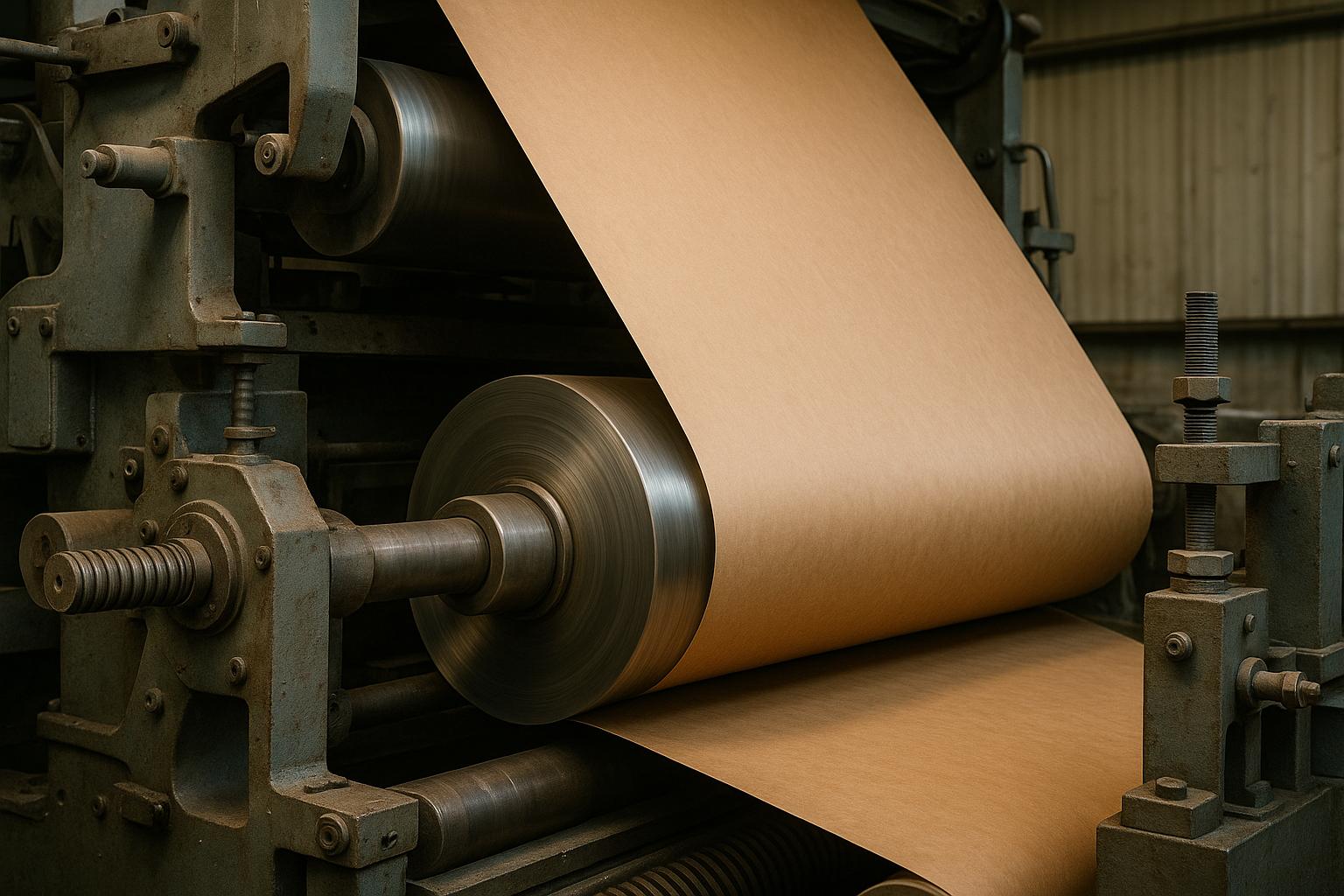The paper bags packaging market is experiencing robust growth, driven primarily by a global shift toward sustainability and environmental responsibility. Valued at approximately $5.5 billion to $6.9 billion in 2024, this sector is forecast to expand significantly, with projections ranging from $8.5 billion to $11.3 billion by the early 2030s. This growth trajectory, reflecting compound annual growth rates (CAGRs) between 4.7% and 5.8%, underscores a strong industry response to increasing consumer demand and tightening regulations aimed at reducing single-use plastic waste.
At the heart of this market expansion is a convergence of factors including rising consumer environmental awareness, government policies banning or restricting plastic use, and the commercial sector’s search for sustainable packaging alternatives. The food and beverage industry dominates demand, followed by retail sectors ranging from groceries to luxury boutiques. These industries are leveraging paper bags not only as a functional packaging solution but also as an expression of eco-conscious branding, often employing customizable and visually appealing designs to engage customers. Moreover, the rise of e-commerce and online food delivery services has further propelled the demand for robust, biodegradable packaging capable of withstanding delivery pressures.
Technological advancements are playing a pivotal role in revolutionising the paper bags market. Automated production lines are increasing output efficiency and lowering costs, while robotics and digital printing enable bespoke designs catering to diverse client needs. Innovations in materials science have led to enhanced paper bag durability through multi-wall constructions and protective coatings, elevating their competitive edge against plastic counterparts. Emerging smart packaging solutions, incorporating QR codes and supply chain tracking, illustrate the sector’s move towards interactivity and transparency, broadening use cases in pharmaceuticals, retail, and food sectors.
However, despite these optimistic developments, the industry grapples with sustainability challenges. The World Bank reports global paper and cardboard consumption exceeding 400 million tons yearly, posing issues around deforestation and resource consumption. Manufacturing processes for virgin kraft paper, widely used in the sector, demand substantial water and energy, complicating claims of complete eco-friendliness. Additionally, higher production costs compared to plastics present a barrier, particularly for price-sensitive businesses. Recycling infrastructure gaps in various regions further temper the environmental benefits, often resulting in less effective waste management outcomes.
In response, the market shows a strong commitment to sustainable practices. Key players increasingly incorporate recycled materials and adhere to certified sustainable forestry standards, such as those from the Forest Stewardship Council. Consumer education campaigns emphasize responsible usage and disposal, assisting in closing the recycling loop. Prominent companies leading innovation and sustainability initiatives include Mondi Group, Smurfit Kappa, WestRock Company, International Paper Company, DS Smith Plc, and Georgia-Pacific LLC. These firms are enhancing product portfolios, investing in circular economy models, and navigating complex geopolitical and macroeconomic environments that can affect sustainability progress, as noted by Mondi’s CEO Andrew King, who highlighted temporary reluctance from customers due to cost pressures.
Regionally, Asia Pacific emerges as the fastest-growing market, capturing over a third of global demand thanks to rapid urbanisation, expanding retail networks, and active government bans on plastic bags in countries like China, India, and Japan. North America and Europe maintain leadership in regulatory frameworks fostering sustainable adoption, with Brazil and Southeast Asia also developing as critical growth hubs. Product-wise, kraft paper remains the dominant material due to its balance of durability and recyclability, while flat bottom bags are currently preferred for their practicality in retail settings.
Looking forward, the paper bags packaging market is set to undergo further sophistication. The anticipated dominance of biodegradable and compostable materials will align closely with global climate targets, while e-commerce growth will drive innovation in packaging designed for last-mile delivery challenges. The incorporation of AI in supply chain management and the development of carbon-neutral manufacturing facilities highlight the increasing integration of technology and sustainability. This evolution transforms paper bags from mere packaging into symbols of environmental stewardship and corporate responsibility.
In summary, the paper bags packaging market embodies a broader societal and industrial shift away from plastic reliance toward sustainable, circular economy models. While challenges around cost, resource use, and recycling infrastructure remain, ongoing innovation and regulatory support position the sector for sustained growth and increased impact in global sustainability efforts.
📌 Reference Map:
- Paragraph 1 – [1], [2], [6]
- Paragraph 2 – [1], [2]
- Paragraph 3 – [1]
- Paragraph 4 – [1], [4]
- Paragraph 5 – [1], [4], [6], [7]
- Paragraph 6 – [1], [2], [6], [7]
- Paragraph 7 – [1]
Source: Noah Wire Services
